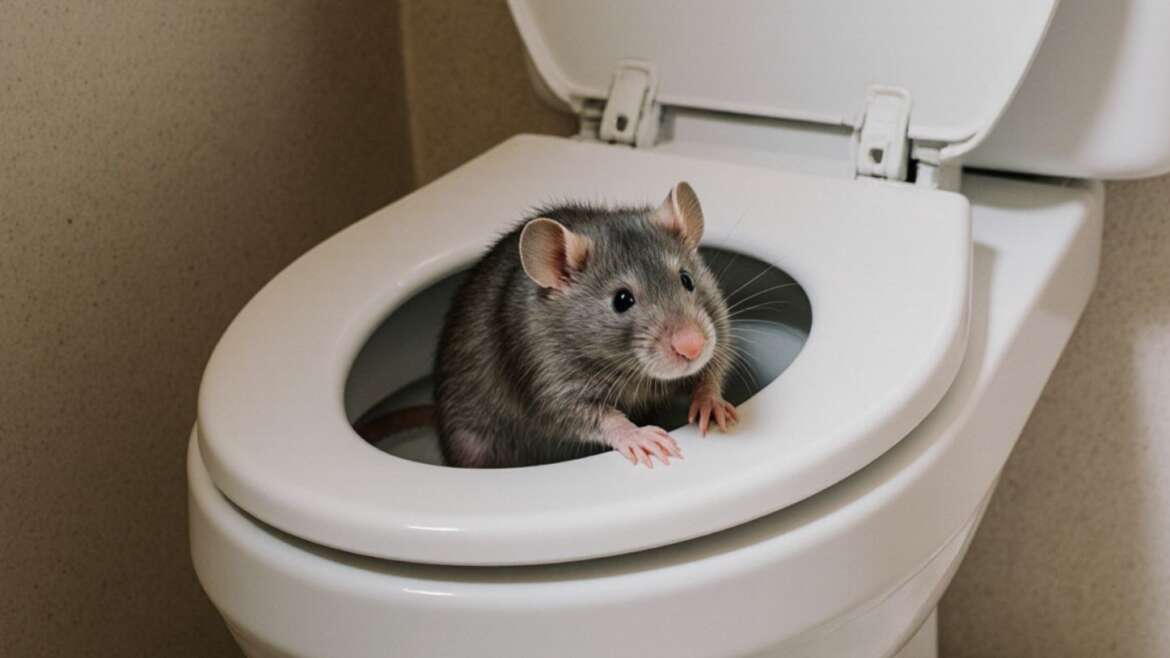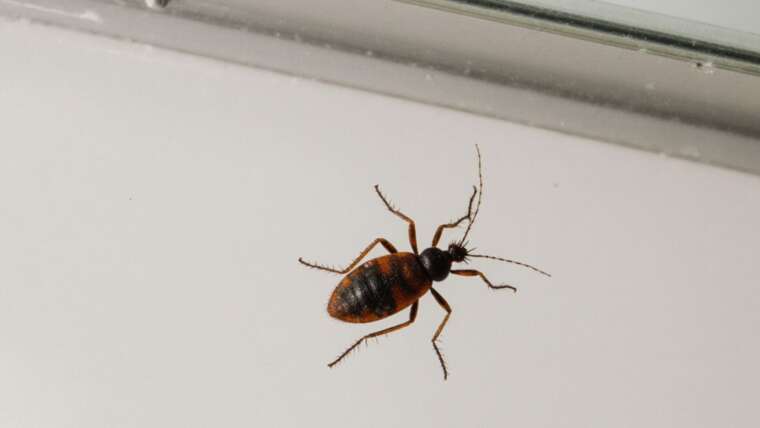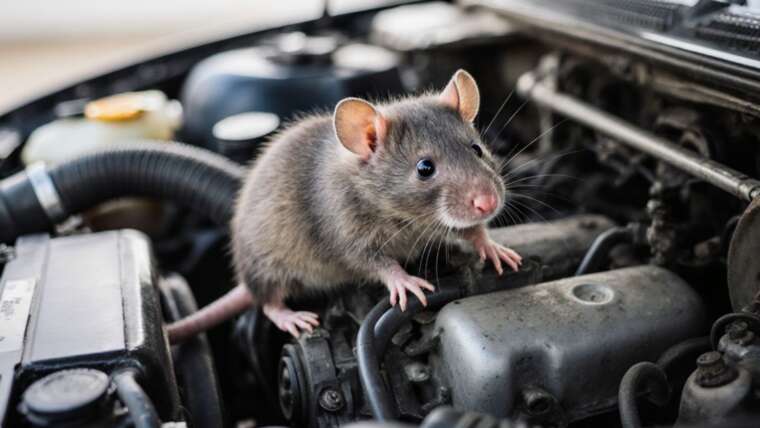Think that the horrifying idea of sewer rats emerging from toilets is just an urban legend? Think again!
Imagine walking into your bathroom only to find a rat surfacing from your toilet bowl—this scenario might sound like the plot of a low-budget horror film. However, the truth is far stranger. The phenomenon of rats appearing in toilet bowls is not just a figment of imagination; it is a sanitation reality that can occur under specific conditions.
Before you bolt the bathroom door and seal your toilet forever, let’s delve deeper into how rats can navigate your plumbing and what actions you should take if you find yourself faced with such an unsettling situation.
How Do Sewer Rats End Up in the Toilet Bowl?
Sewer rats, primarily Norway rats, are surprisingly adept swimmers. These rodents can paddle using their powerful legs, while their long tails serve as rudders, allowing them to navigate through the water effectively. Interestingly, certain species of rats are capable of treading water for an extraordinary duration—up to three days—and can hold their breath for about three minutes. When it comes to swimming distance, reports indicate that some rats can cover over a mile in water, but they typically prefer to traverse through the vast network of pipes leading to your home.
As opportunistic feeders, sewer rats are also driven by hunger. A scarcity of food in their natural environment forces them to seek new sources, which often leads them into your home’s plumbing. Through their hinged ribcages, which allow them to squeeze through surprisingly tight spaces, they can access your plumbing system with ease, making a toilet bowl, filled with water but also potential food sources, an attractive destination.
Tip: Rats are known to be curious creatures. Ensure your garbage and compost are securely sealed, as the scent of food can lure them into your waste disposal system.
But Sewer Rats Only Exist in New York City, Right?
Many believe that only residents of bustling places like New York City or Washington, D.C., need to worry about rats making their way into toilet bowls. This myth couldn’t be further from the truth. Sewer rats are versatile survivors and can inhabit any area equipped with a plumbing system capable of accommodating their size. While urban environments with higher population densities may induce more sightings, suburban and rural dwellings are not immune either. It’s essential to understand that these rodents thrive wherever conditions are suitable.
Fact: Rats have been recorded living in over 400 different kinds of environments worldwide, showcasing their adaptability to diverse conditions.
What Should You Do if You Find a Rat in the Toilet Bowl?
The Centers for Disease Control and Prevention (CDC) warns that rats can transmit a host of diseases to humans, including leptospirosis, rat-bite fever, and salmonellosis. Even if you might think it’s just a rat, it’s crucial to handle such encounters with caution. Here’s what to do:
- First and foremost, calmly back away and close the bathroom door to confine the rat. This minimizes the chances of the rat escaping into other parts of your home.
- Next, dial a rodent control professional. Trained technicians can assess the situation, identify entry points, and implement tailored rat control solutions that fit your specific needs.
Quick Tip: If you happen to take a video or photo of the rat for identification purposes, be sure to keep a safe distance. This will help pest control experts assess the size and type of rat you’re dealing with more effectively.
Can You Prevent Sewer Rats from Climbing up Your Toilet?
While total prevention may be elusive, understanding the circumstances that lead to these occurrences can help. Fortunately, the likelihood of encountering a rat in your toilet remains low. If you are alarmed at the thought, knowing what to do can help quell your fears. If you ever find a rat in your toilet, consider notifying your local city sanitation department to report the issue; they may have additional advice or resources to assist you.
Prevention Tip: Regular plumbing inspections can be vital. Schedule periodic checks to ensure your pipes are intact, and look for signs of wear or rodent activity.
If you’ve never had a rat in your toilet, you likely want to keep it that way. Educating yourself about effective rodent control strategies will not only enhance your awareness but also better equip you to handle any potential encounters.





